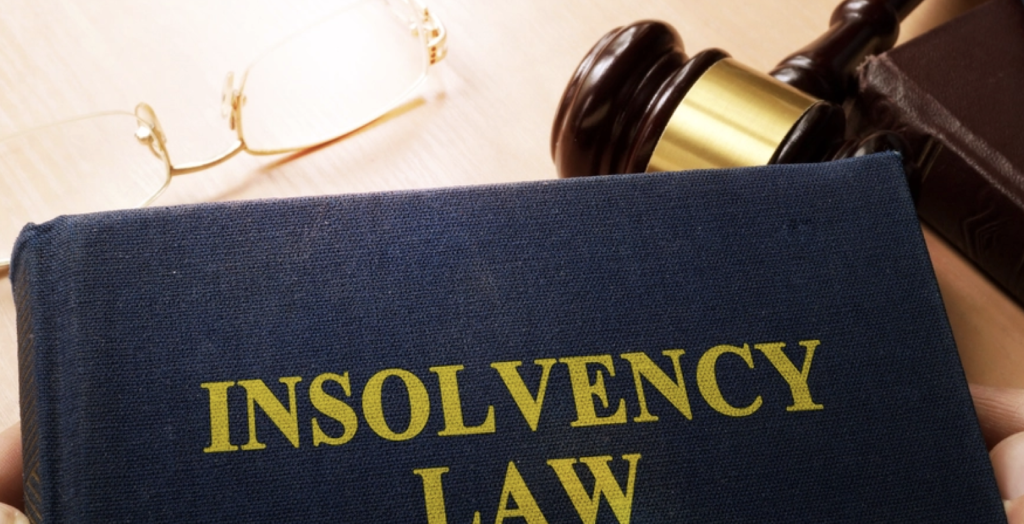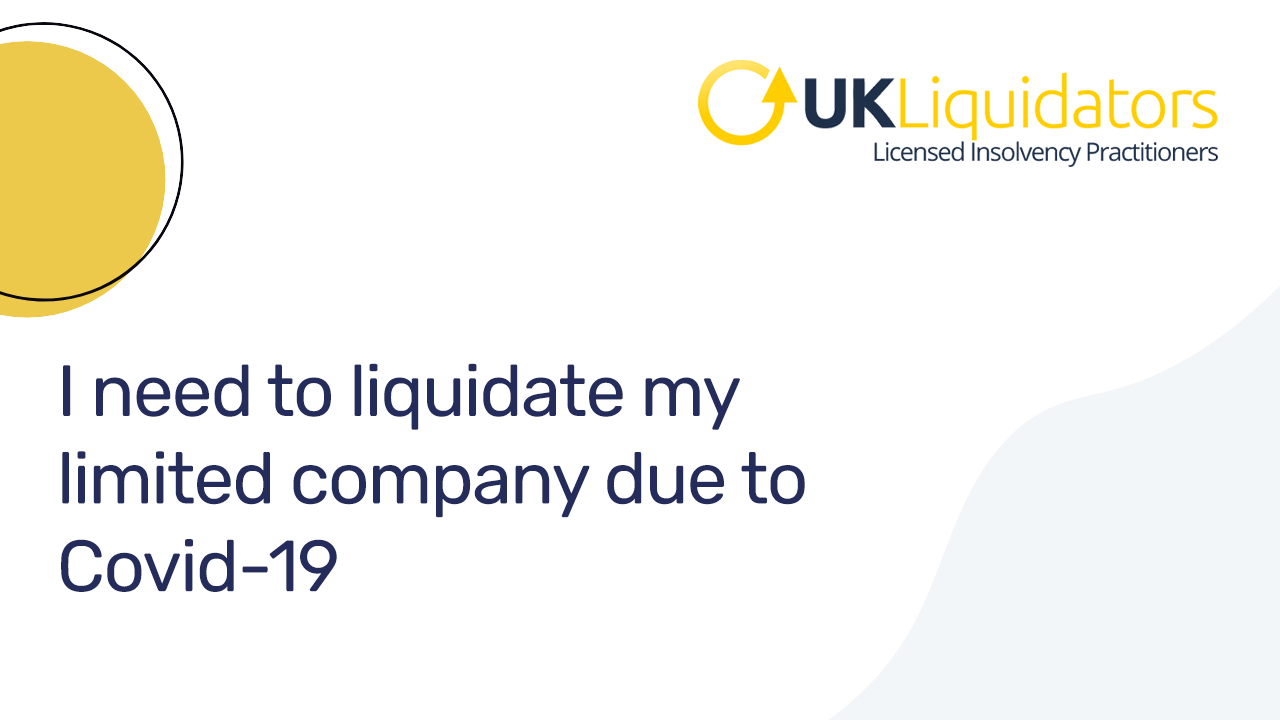An Unbiased View of Insolvency Practitioner
An Unbiased View of Insolvency Practitioner
Blog Article
The Definitive Guide to Insolvency Practitioner
Table of ContentsThe Greatest Guide To Insolvency PractitionerThe Greatest Guide To Insolvency PractitionerThings about Insolvency PractitionerThe Single Strategy To Use For Insolvency PractitionerSome Known Details About Insolvency Practitioner What Does Insolvency Practitioner Mean?The Greatest Guide To Insolvency Practitioner
Bankruptcy is when obligations are above the value of the firm, or when a debtor can not pay the financial debts they owe. A company can come to be insolvent because of a variety of scenarios that bring about poor cash flow. When faced with insolvency, an organization or individual can get in touch with financial institutions directly and restructure financial debts to pay them off.Business owners may get in touch with creditors straight and restructure debts into more convenient installments. Lenders are commonly amenable to this approach since they desire to be settled and avoid losses, also if the payment is on a delayed timetable.
The 2-Minute Rule for Insolvency Practitioner
The owner creates a proposal describing how the financial debt may be restructured making use of expense reductions or various other prepare for support. The proposition shows financial institutions just how business may generate enough capital for lucrative operations while paying its financial obligations. Typically, a forgiven financial debt might be thought about income by the Irs (IRS).

A Biased View of Insolvency Practitioner
The service might wind up paying big quantities of cash in problems and be overcome operations. When operations discontinue, so does the business's revenue. Lack of revenue results in unpaid bills and creditors asking for money owed to them. Some firms become financially troubled because their products or solutions do not develop to fit consumers' transforming needs.
Costs surpass profits and bills remain unsettled. Kinds of insolvency include cash-flow bankruptcy and balance-sheet bankruptcy. Cash-flow bankruptcy occurs when a business has the assets to cover their financial debts however they are in the wrong type, such as actual estate instead of liquid funds. Balance-sheet insolvency, on the other hand, shows an absence of assets in any form to cover financial debts.
The IRS states that a person is bankrupt when the complete responsibilities go beyond complete assets. A insolvency, on the various other hand, is an actual court order that shows how a bankrupt person or organization will repay their creditors, or exactly how they will certainly offer their properties in order to make the repayments.
Not known Incorrect Statements About Insolvency Practitioner

Financial obligation consolidation is when you combine multiple financings into one brand-new loan, typically to attain better terms. Insolvency is not the exact same as insolvency, although a firm that has become financially troubled may declare personal bankruptcy. Insolvency is the state of not being able to pay your commitments while bankruptcy is a legal process to release your debts.
Comprehending the aspects that can lead to insolvency, such as overspending, can aid you avoid bankruptcy and its repercussions.
Little Known Facts About Insolvency Practitioner.
It is popular that directors and officers of corporations (and managers of limited obligation companies) owe fiduciary responsibilities to their companies and their investors (or members). These fiduciary obligations are specified by state laws and, though there are variants from one state to another, they normally include a task of loyalty and an obligation of care.
The responsibility of care calls for supervisors and officers to work out diligence, to make enlightened decisions, and to act in excellent faith to make sure that their actions remain in the ideal interest of the business. Past the range of this discussion, some states permit these straight from the source tasks to be restricted either by so noting in the organizational records or conforming with other needs.
Examine This Report on Insolvency Practitioner
Most states specify bankruptcy in two ways( 1) when a company's responsibilities come to be better than the sum of its possessions or (2) when the business ends up being incapable to pay its debts as they become dueand accept both definitions (Insolvency Practitioner). The shift in responsibilities occurs due to the fact that when a firm is financially troubled, there is no worth in the company beyond that owed to the business's creditors to ensure that the equity holders no much longer have a financial stake in the business
Beware concerning giving shareholders favoritism at the cost of lenders (e.g., authorizing and moneying a dividend or a supply redemption). Beware regarding favoritism between courses of site shareholders. Clear up efforts to discover all the realities before taking a certain course of activity; directors need to truly think that any kind of decisions made remain in the finest passions of the company in its whole (i.e., choices will certainly be evaluated in knowledge because of the effect of such activities on the firm).
In any personal bankruptcy or insolvency case, settlements made to certain financial institutions at the expenditure of various other financial institutions can be clawed back, particularly if there is some connection between the firm and the financial institution. Consider proposing at an annual stockholder conference (or any type of various other conference of stockholders) a resolution attesting that all previous organization choices and actions taken by the directors and police officers of the corporation were taken in great confidence after a workout of affordable treatment.
Some Ideas on Insolvency Practitioner You Need To Know
Fully disclose any type of personal or service relationships with parties on the various other side of purchases including the firm to avoid the appearance of a problem of passion. In assessing possible fund elevating deals or a sale other of possessions of the troubled firm, understand that these transactions might be inspected later in light of any succeeding growth of supervisors' fiduciary tasks to include financial institutions.
Report this page